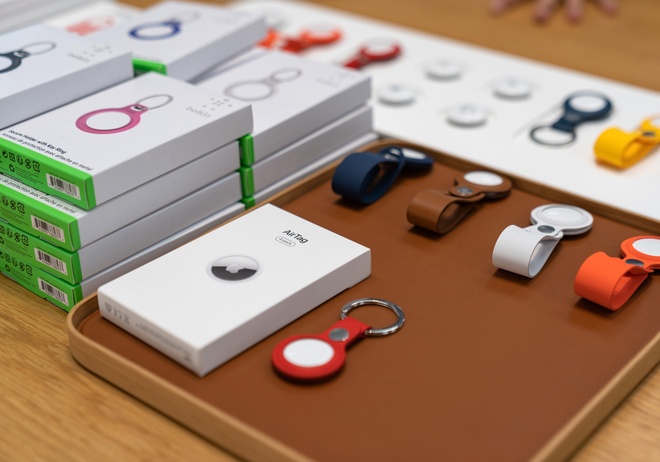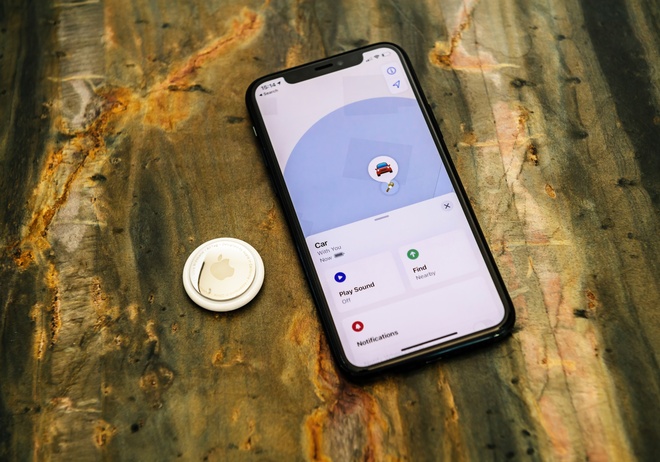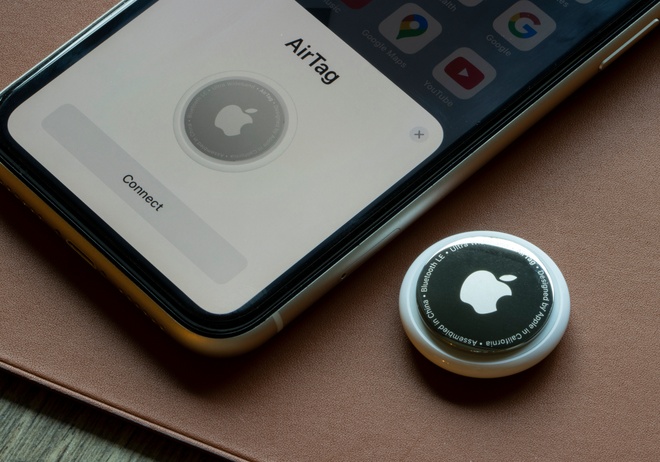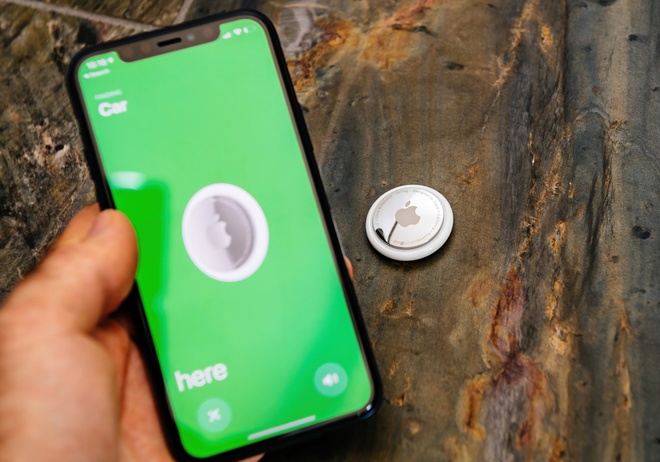AirTag: how does it work?
Losing an object can be an anxiety-inducing experience, but Apple's AirTag promises to offer a technological solution to this problem. How does the AirTag work? In this article, we'll explore the mechanics behind Apple's AirTag and how it compares to specialized GPS trackers for pets, particularly those offered by Weenect.

Reading time : 3 min
CONTENTS
AirTag in practice: setup and daily use

What is an AirTag?
Apple AirTags are compact, coin-sized tracking devices designed to help users locate personal items such as keys, wallets, bags, or luggage. They work via Bluetooth wireless networking, allowing them to connect with nearby Apple devices and share their location through the Find My network. Each AirTag includes a built-in encrypted ID to ensure secure location broadcasting without revealing your contact details. The device is powered by a CR2032 battery and becomes active once the disposable tab is removed. Its discreet design and seamless integration with iOS make it a practical solution for everyday tracking needs.
Configuring and using an AirTag
Setting up an AirTag with your iPhone or iPad (compatible with iOS 14.5, iPadOS 14.5, iPhone 6s, and iPhone SE or later) is quick and intuitive. Once the AirTag is out of its packaging, simply bring it close to your device. A pairing interface will automatically appear, guiding you through the process as it connects the tag to your Apple ID and lets you name the item you want to track. Once configured, the AirTag integrates seamlessly with the iOS ecosystem, powered by the U1 chip and Ultra-Wideband technology.
Daily use of the AirTag
In daily use, the AirTag operates in the background, allowing users to locate misplaced objects through the "Find My" app. However, for items outside of immediate range, the precision of tracking heavily depends on the presence of other Apple devices nearby that can relay the signal.
The innovative functionality of Apple's AirTag

The key role of Bluetooth low energy
The functionality of the AirTag heavily relies on Bluetooth Low Energy (BLE), which is essential for devices that need to remain active continuously. BLE facilitates wireless communication within a 30 feet radius, connecting the AirTag to any nearby Apple device. This communication allows the AirTag to maintain an extended battery life.
The U1 Chip and "Precision Finding"
The U1 chip sets the AirTag apart with Ultra-Wideband (UWB) technology, offering highly precise location tracking, known as "Precision Finding." This feature not only detects the presence of a nearby lost object but also guides the user to it with detailed directional instructions, enhancing the overall experience.
“Find My" network and crowd GPS Technology
Understanding the “Find My" network
The “Find My” network is key to the AirTag’s long-range tracking capability. When an AirTag is out of Bluetooth range from your own device, it can still send out a Bluetooth Low Energy signal that nearby Apple devices can detect. These devices relay the location to iCloud, allowing you to view the AirTag’s position in the Find My app. The process is entirely anonymous and encrypted, protecting user privacy. This crowd GPS system is especially effective in urban areas, where a dense population of Apple devices increases the chances of detection.
Limitations of the “Find My" network for animals
The "Find My" network, although effective in urban areas, has significant limitations in rural or less-populated regions. In such areas, fewer iOS devices are available, reducing the effective tracking range, particularly for lost pets that can move quickly over long distances. Additionally, the AirTag's small size (11 grams) poses a risk of accidental ingestion by animals, which has led to reported veterinary interventions.
Things to check before buying a GPS
18 questions you need to ask yourself before buying a GPS tracker for your loved ones!
AirTag and alerts: peace of mind

Proximity alerts
The AirTag's alerts are crucial for both security and privacy. Whenever an AirTag stays near a user for an extended period but is separated from its owner, an alert is automatically generated to prevent unauthorized tracking. For instance, if an AirTag is unknowingly placed in your bag, your iPhone detects it and notifies you, providing an extra layer of protection.
Family sharing functionality
The Family Sharing feature allows you to share an AirTag's location with others via the "Find My" app. Up to five additional users can be added, given they meet specific conditions: two-factor authentication must be enabled, each user must have an Apple ID and be signed in to iCloud, and iCloud Keychain must be enabled. This sharing can be managed within the app, allowing the owner to add or remove users as needed.
Conclusion
Apple's AirTag is an effective tool for finding objects, with its innovative tracking system simplifying the process of locating lost items. Despite its seamless setup and integration within the iOS ecosystem, its functionality is limited for tracking pets, making specialized GPS trackers a better option for real-time tracking without distance limits. These trackers provide unparalleled peace of mind for pet owners, ensuring the safety and well-being of their pets.
Read more about our guide
This article is part of a complete guide on the subject. Don't miss the other chapters.
Are you looking for the best GPS tracker ?
18 questions you need to ask yourself before buying a GPS tracker


